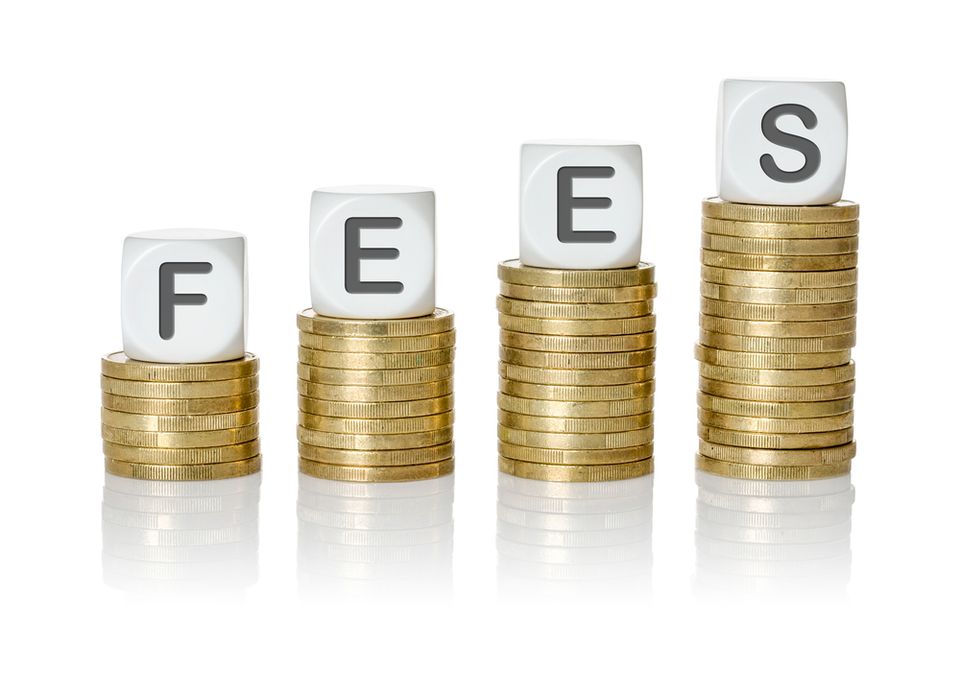
Welcome to an eye-opening journey where we lift the veil on the often-overlooked nuances of banking that can impact your wallet more than you might expect. Many of us trust banks with our hard-earned money, relying on them for safekeeping, convenience, and financial management. However, beneath the surface of our monthly statements, there are hidden costs that can slowly but surely eat into our savings. As we delve into the world of banking fees and charges, our goal is to arm you with the knowledge to make informed decisions, keep more of your money, and navigate the financial world with confidence.
Understanding Monthly Maintenance Fees
Monthly maintenance fees are among the most common charges that banks impose on their customers. These fees are charged simply for keeping an account open, and they can vary widely from bank to bank. What’s important to know is that these fees are not set in stone. In many cases, banks will waive the monthly maintenance fee if you maintain a minimum balance, link your accounts, or meet a certain number of transactions each month.
However, failing to meet these requirements can result in fees that range anywhere from a few dollars to $20 or more per month. Over time, these fees can significantly drain your savings, especially if you’re not keeping a close eye on your balance. Be sure to understand your bank’s policy on monthly maintenance fees and take steps to meet the criteria for waiving them, such as setting up a direct deposit or using your debit card regularly.
ATM Fees: A Costly Convenience
ATMs offer the ultimate convenience of accessing your cash almost anywhere, anytime. But this convenience comes at a price. When you use an ATM outside of your bank’s network, you may be charged a non-network fee by the ATM operator, as well as a separate fee by your own bank. These charges can quickly accumulate, particularly if you frequently withdraw cash from non-network ATMs.
To avoid these fees, plan your cash withdrawals ahead of time and use only ATMs within your bank’s network. Many banks now offer mobile apps that can help you locate the nearest in-network ATM. Additionally, consider cash-back options at retailers when making a purchase, as this can often bypass ATM fees altogether. By being mindful of ATM fees and how to avoid them, you can save a substantial amount over time.
Overdraft Charges: The High Cost of Overspending
Overdraft charges are among the steepest fees you can encounter with your bank account. These fees occur when you make a transaction that exceeds your available balance, and the bank covers the difference. While it may seem like a helpful service, the fees associated with overdraft protection can be exorbitant, often around $30 to $35 per transaction.
To protect yourself from these costly charges, keep a buffer in your account to account for any unexpected expenses. Additionally, consider linking your checking account to a savings account or line of credit for overdraft protection. Some banks offer this service for a lower fee than the standard overdraft charge. Alternatively, you can opt out of overdraft protection altogether, which means transactions that would overdraw your account are simply declined.
Foreign Transaction Fees: The Price of Global Banking
For those who travel abroad or make purchases in foreign currencies, foreign transaction fees are an important consideration. These fees are typically a percentage of the transaction amount, usually around 1% to 3%. While they might seem small on individual purchases, they can add up quickly over the course of a trip or when shopping online from international retailers.
If you’re a frequent traveler or often buy from foreign websites, look for a bank account or credit card that offers no foreign transaction fees. There are several options available that cater specifically to customers who need financial flexibility across borders. By choosing a bank or card that waives these fees, you can save a significant amount of money on your international transactions.
Minimum Balance Fees: The Penalty for Low Balances
Some banks require customers to maintain a minimum balance in their accounts to avoid fees. If your account balance dips below this required minimum, even for a day, you may be hit with a charge. These minimum balance fees can be particularly burdensome for those who have lower income or irregular cash flow.
To avoid minimum balance fees, choose a bank account that either has no minimum balance requirement or one that you’re confident you can maintain the required balance for. It’s also worth considering banks that offer multiple ways to avoid these fees, such as by making regular deposits or using your debit card a certain number of times per month.
While banks offer many valuable services, it’s important to be aware of the hidden costs that can come with them. By educating yourself on these fees and actively managing your accounts, you can minimize unnecessary charges and keep more of your money where it belongs—in your pocket. Stay vigilant, ask questions, and don’t be afraid to shop around for a bank that aligns with your financial habits and goals. With this knowledge, you’re now better equipped to make the most of your banking experience.